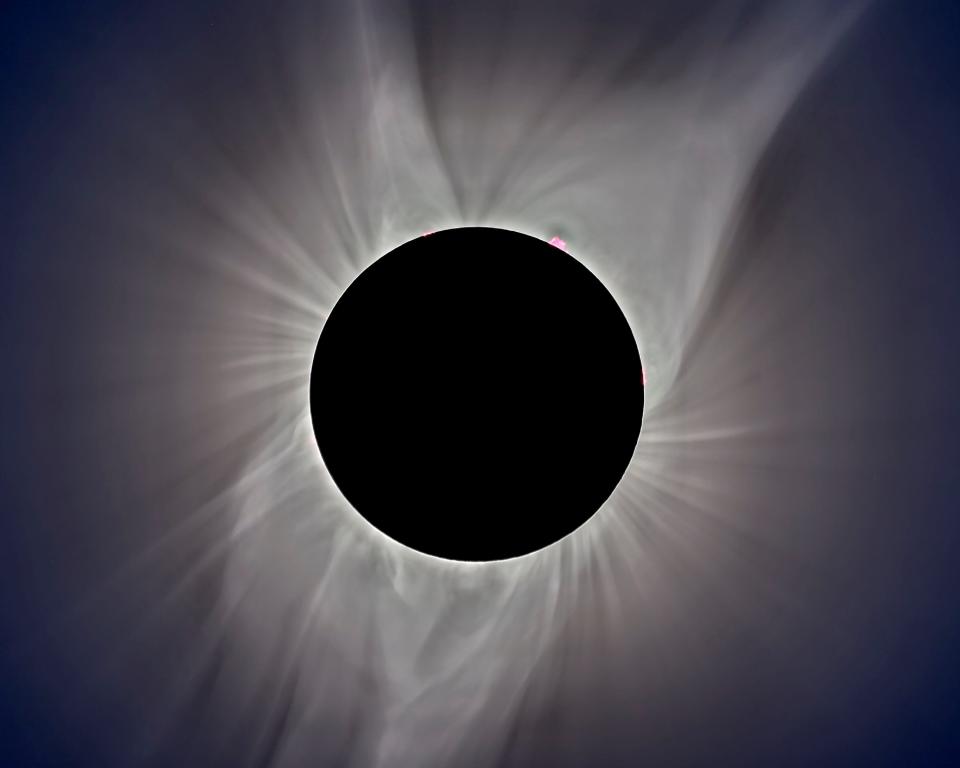Where to get solar eclipse glasses, eclipse safety and how to make your own solar viewers
The total solar eclipse is coming up fast, so don’t slow to get your glasses ahead of time to avoid injury on the day of the big event.
Here’s a guide to safely viewing the eclipse and where to get your solar shades.
Solar eclipse viewing safety
Do not look directly at the sun without eye protection specifically designed for solar viewing. Without protection, the sun’s radiation can instantly burn the retinas in your eyes, leading to permanent damage or blindness.
The sun will be very bright during the eclipse, so if you plan to watch and will be in direct sunlight for hours, wear protective clothing, a hat and lather on sunscreen to prevent skin damage.
When the eclipse is at totality, this is the only moment you can briefly remove your eclipse glasses and look at the sun directly with your eyes.
What eclipse glasses are safe to use?
Wherever you choose to get your eclipse glasses from, make sure they meet the safety requirements of the ISO 12312-2 international standard and are sold from a reputable seller acknowledged by the American Astronomical Society.
Buying the cheapest eclipse glasses available or ones that do not meet safety requirements can result in severe injury.
Eclipse times from your home: Wondering when your city will see the eclipse? Use this map to find out peak time, more
Where to get eclipse glasses from
Eclipse glasses can be purchased at a variety of retailers in-store or online or obtained from local museums, planetariums and observatories. For major eclipse events, banks, universities and government buildings can be found supplying eclipse glasses, too.
You also can indirectly view the eclipse by using a pinhole projector, which can be easily made at home.
The American Astronomical Society has a list of approved retailers who meet the safety standards for eclipse eyewear and solar filters for phones and telescopes.

Some locations of the following retail chains sell ISO-compliant eclipse glasses and/or handheld viewers made by companies verified by the American Astronomical Society:
To see a full list of reputable sellers and manufacturers compiled by the American Astronomical Society, visit eclipse.aas.org/resources/solar-filters or eclipse.aas.org/eye-safety/viewers-filters. Not every reputable seller available is listed on their website, but if you do find a seller outside of their list, be sure to check their products against safety standards promoted by the society.
Got a tip or a story idea? Contact Krys'tal Griffin at kgriffin@delawareonline.com.
This article originally appeared on Delaware News Journal: Where to get solar eclipse glasses and how to safely watch the eclipse

